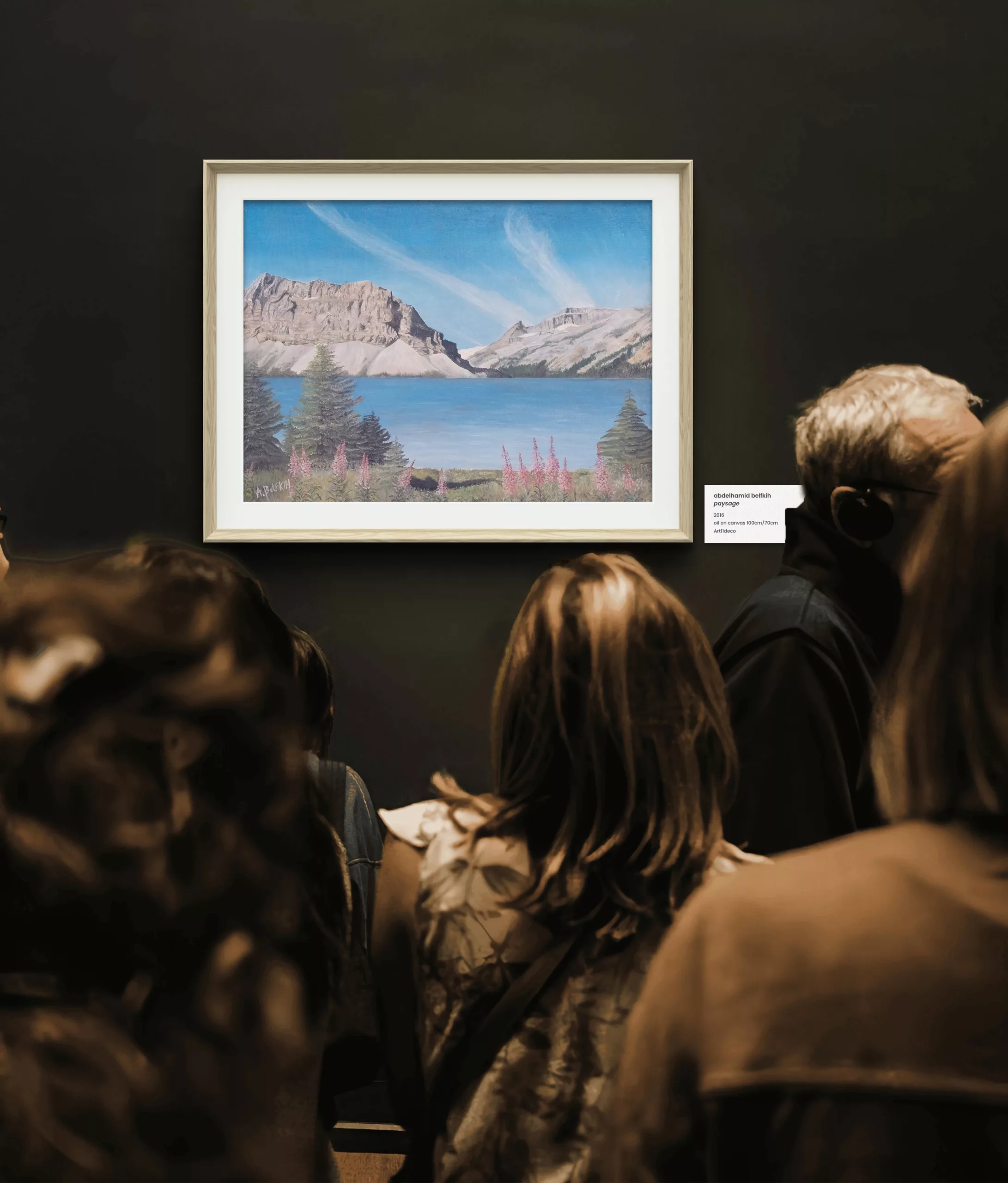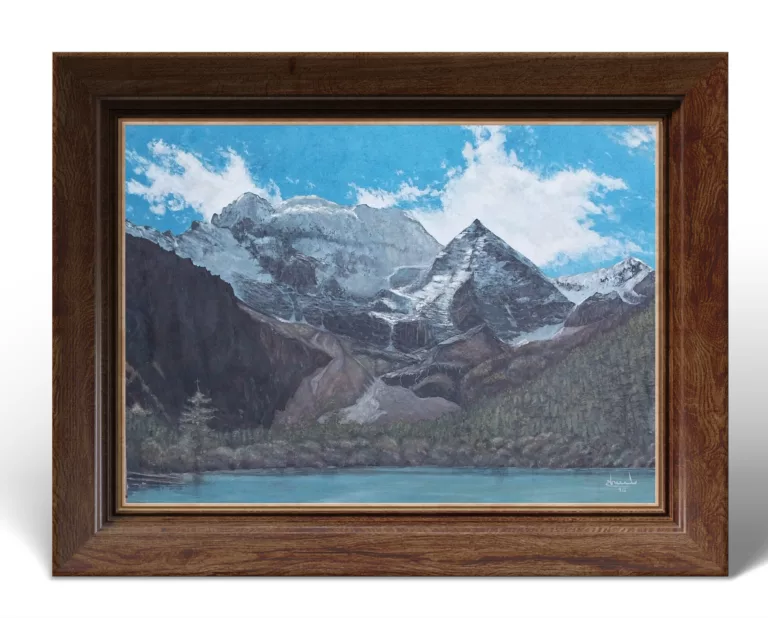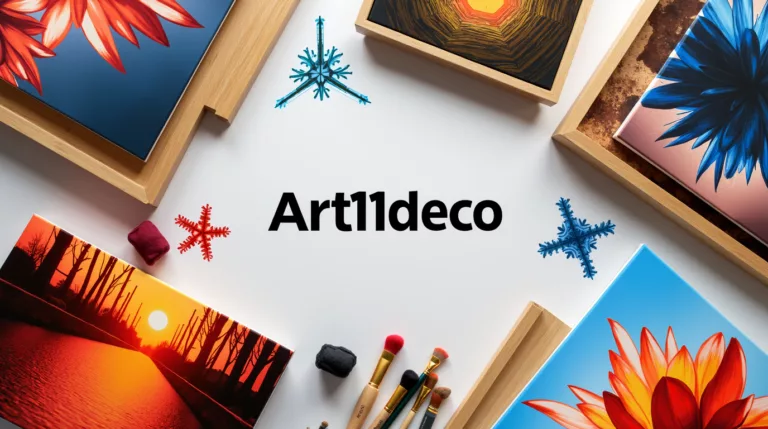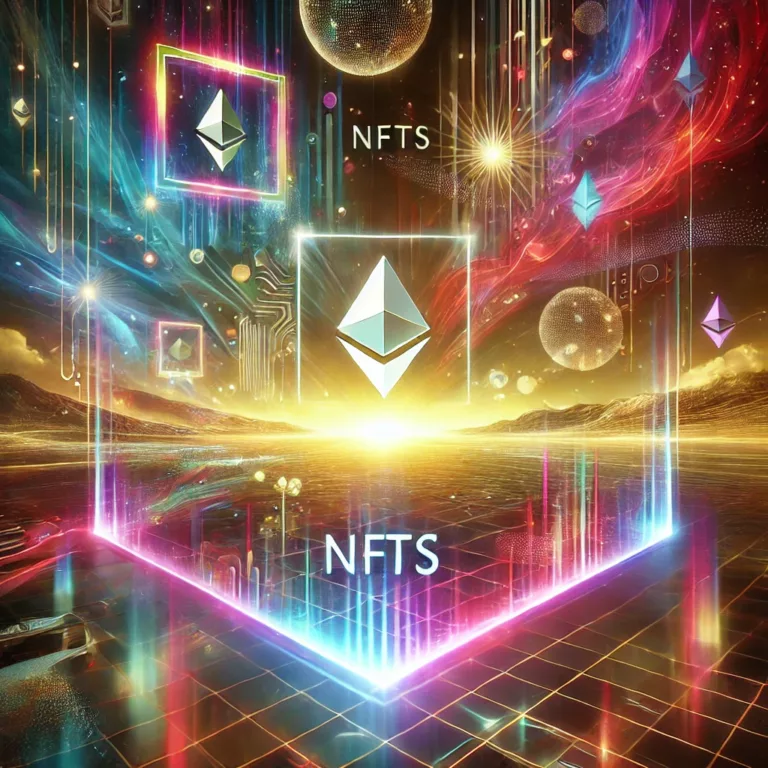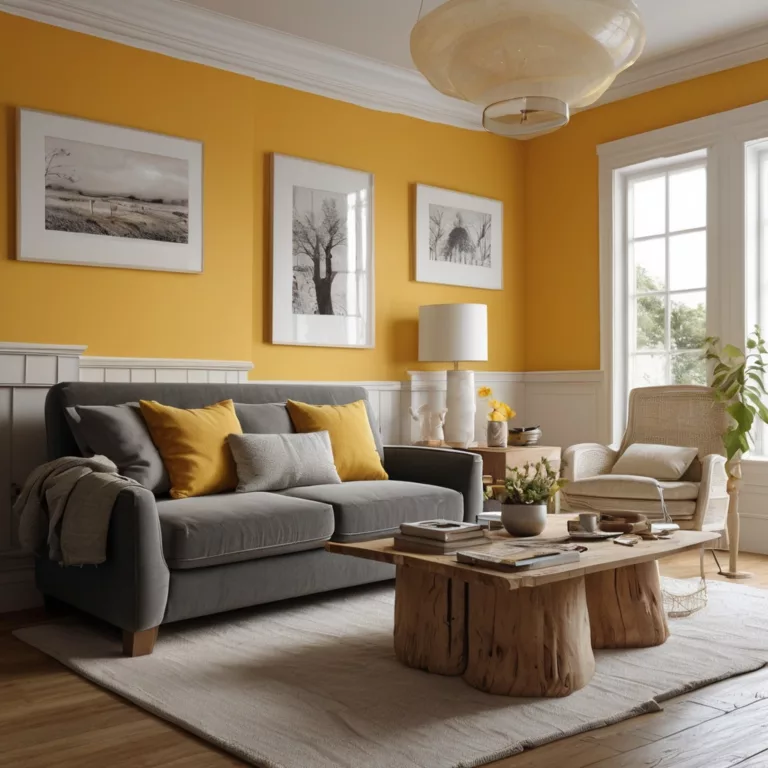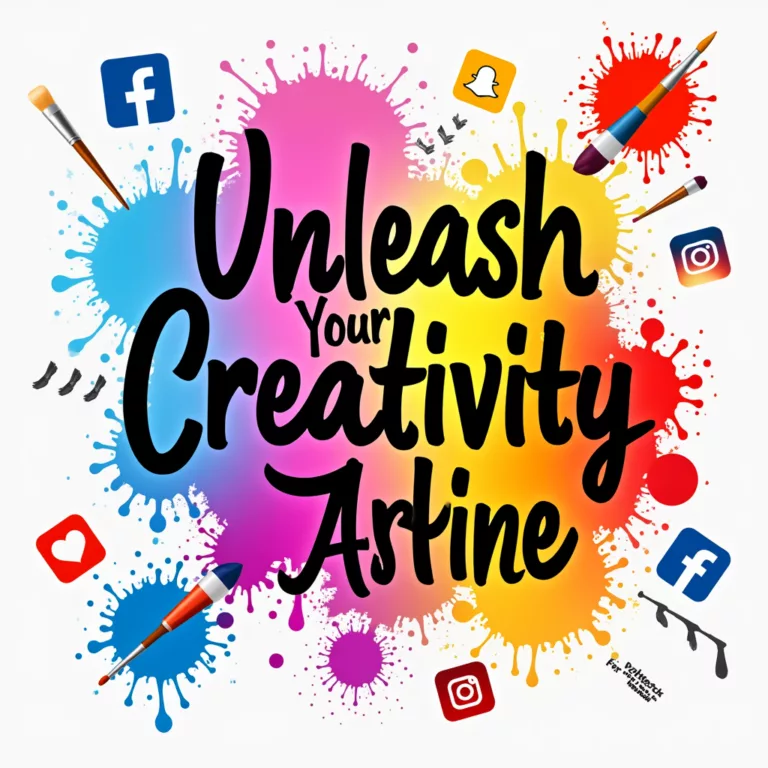Working with Galleries
The Complete Guide to Showcasing and Selling Your Artwork Successfully
The relationship between artists and galleries has been a cornerstone of the art world for centuries. Despite the digital revolution and the emergence of online platforms, physical galleries remain powerful channels for artists to gain visibility, credibility, and commercial success. This comprehensive guide aims to help artists at all career stages navigate the complex world of gallery representation, from initial approaches to long-term partnerships.
Understanding the Gallery Ecosystem
Before approaching galleries, it’s crucial to understand their various types and functions in the art market ecosystem.
Types of Galleries
- Blue-Chip Galleries: Representing established artists with international reputations and commanding high prices. These galleries often have locations in multiple art capitals.
- Mid-Tier Galleries: Working with emerging and mid-career artists, these galleries have established reputations but remain accessible to collectors with moderate budgets.
- Emerging Galleries: Newer spaces often taking risks on very early-career artists, frequently located in up-and-coming neighborhoods.
- Artist-Run Spaces: Collaborative galleries operated by artists themselves, often with less commercial pressure and more experimental programming.
- Non-Profit Spaces: Mission-driven organizations focused on artistic development rather than sales, offering valuable exposure and credibility.
- Regional Galleries: Spaces outside major art capitals that serve local collector bases and may offer better opportunities for regional artists.
Gallery Business Models
Galleries typically operate on commission models, taking between 40-60% of the sale price of artwork. This commission covers:
- Physical space maintenance
- Staff salaries
- Marketing and publicity
- Art fair participation
- Catalog production
- Client development
- Artist career management
Understanding this business reality helps artists appreciate why galleries are selective and what they need to provide in return for representation.
Preparing for Gallery Representation
Before approaching galleries, artists should ensure they are adequately prepared with:
A Cohesive Body of Work
Galleries seek artists with:
- A distinctive aesthetic or conceptual framework
- Consistency in quality and vision
- Enough work to sustain exhibitions (typically 10-20 pieces minimum)
- Evidence of artistic development and direction
Professional Documentation
Essential materials include:
- High-quality images of artwork (professionally photographed)
- Artist statement (clear, concise explanation of your practice)
- Artist biography (highlighting relevant education and accomplishments)
- CV listing exhibitions, collections, grants, and publications
- Well-designed website or online portfolio
- Price list with consistent pricing strategy
Understanding Your Market Position
Research to determine:
- Where your work fits in the contemporary art landscape
- Which galleries represent similar artists
- Appropriate pricing relative to your career stage and comparable artists
- Your unique value proposition to galleries and collectors
Finding the Right Gallery Match
The goal is not just any gallery representation, but finding the right match for your work and career goals.
Research Methods
- Visit Exhibitions: Regularly attend openings and exhibitions at galleries in your area.
- Art Fair Reconnaissance: Visit art fairs to efficiently survey many galleries and their programs.
- Online Research: Study gallery websites to understand their artists, aesthetics, and business approaches.
- Artist Networks: Connect with other artists to learn about their gallery experiences.
- Publication Analysis: Note which galleries represent artists featured in magazines and books you admire.
Compatibility Factors
When evaluating potential galleries, consider:
- Aesthetic Alignment: Does your work complement their existing program?
- Career Stage Match: Do they typically work with artists at your career level?
- Location Relevance: Is their location strategically beneficial for your work?
- Business Practices: What is their reputation regarding payments, communication, and artist support?
- Growth Potential: Can they help advance your career to the next level?
Approaching Galleries Effectively
With preparation complete, approaching galleries requires strategy and professionalism.
Introduction Methods
Listed from most to least preferred by most galleries:
- Personal Introduction: Having a mutual connection make an introduction.
- Event Meeting: Brief, respectful introduction at an opening or art fair.
- Targeted Submission: Following specific submission guidelines if provided.
- Studio Visit Invitation: When appropriate after establishing initial contact.
- Email Introduction: Concise, personalized email with minimal attachments.
Submission Best Practices
When submitting work:
- Research each gallery’s preferred submission method
- Personalize communications to demonstrate knowledge of their program
- Keep initial emails brief with links rather than attachments
- Follow up only once if no response is received
- Consider timing (avoid major art fairs, holiday seasons)
- Be prepared for rejection as a normal part of the process
The Portfolio Review
If invited for a portfolio review or meeting:
- Bring organized, easily viewable documentation
- Practice discussing your work concisely
- Prepare questions about the gallery’s approach
- Listen attentively to feedback
- Discuss practical matters (production capacity, pricing, availability)
- Express clear career goals and expectations
Building the Gallery Relationship
Once preliminary interest is established, the artist-gallery relationship develops through several stages.
Trial Periods
Many relationships begin with:
- Group show participation
- Art fair inclusion
- Consignment of selected works
- Project space exhibition
These opportunities allow both parties to assess compatibility before committing to formal representation.
Negotiating Terms
When discussing representation, clarify:
- Commission structure and payment schedules
- Exclusivity expectations (geographic or global)
- Exhibition frequency commitments
- Marketing and promotion responsibilities
- Production cost sharing
- Inventory management
- Contract duration and review periods
Exhibition Planning
Successful exhibitions require:
- Adequate creation time (typically 6-12 months)
- Collaborative curation
- Clear conceptual framework
- Production timeline management
- Supplementary materials preparation
- Strategic collector previews
- Press and marketing coordination
Maintaining Gallery Relationships
The most successful artist-gallery relationships are long-term partnerships built on:
Professional Communication
- Regular studio updates
- Prompt response to collector inquiries
- Transparency about other opportunities
- Direct addressing of concerns
- Documentation of all sales and agreements
Mutual Support
- Gallery attendance at your other exhibitions
- Your attendance at gallery events
- Introducing potential collectors when appropriate
- Supporting other artists in the gallery program
- Understanding gallery financial rhythms and pressures
Continuous Development
- Evolving your practice while maintaining identity
- Building collector relationships independently
- Supplementing gallery sales with grants and projects
- Developing institutional relationships
- Contributing to gallery publications and projects
Managing Multiple Gallery Relationships
As careers develop, artists often work with multiple galleries across different regions.
Types of Arrangements
- Primary/Secondary Structure: One main gallery with territorial agreements with others.
- Regional Exclusivity: Different galleries covering distinct geographic markets.
- Project-Based Relationships: Working with specific galleries for particular bodies of work.
Coordination Requirements
Managing multiple galleries requires:
- Transparent communication between all parties
- Clear inventory tracking systems
- Consistent pricing strategies
- Advance planning for production capacity
- Written agreements regarding territories and responsibilities
Navigating Challenges
Even the best gallery relationships face challenges requiring professional resolution.
Common Issues
- Payment Delays: Document all sales and payment schedules; address delays promptly.
- Communication Gaps: Establish regular check-in protocols.
- Artistic Direction Tensions: Balance gallery input with artistic integrity.
- Sales Fluctuations: Develop supplementary income sources.
- Representation Changes: Handle transitions professionally with proper notice.
When to Consider Change
Signs that a gallery relationship may need reassessment:
- Persistent payment problems
- Declining investment in promotion
- Reduced exhibition opportunities
- Misalignment with your evolving work
- Ethical concerns or business instability
Alternative and Complementary Approaches
Gallery representation is one component of a diversified career strategy.
Complementary Channels
Alongside gallery representation, consider:
- Museum and non-profit exhibitions
- Public art commissions
- Artist residency programs
- Direct studio sales (with gallery agreement)
- Limited edition collaborations
- Academic and writing opportunities
- Digital platforms and NFTs
Building Independence
Regardless of gallery relationships, artists should:
- Maintain direct collector relationships
- Build an independent mailing list
- Document all work and sales meticulously
- Develop diverse income streams
- Continue professional development
Conclusion: Partnerships in Career Building
The most successful artist-gallery relationships are true partnerships where both parties:
- Share long-term vision for the artist’s career
- Invest in mutual growth
- Communicate expectations clearly
- Adapt to changing market conditions
- Celebrate successes together
- Work through challenges professionally
By approaching gallery relationships as strategic partnerships rather than mere sales channels, artists can build sustainable careers with meaningful support structures. The gallery system continues to evolve, but the fundamental value of strong artist-gallery partnerships remains a cornerstone of successful artistic careers.
This guide draws on extensive interviews with gallery owners, directors, and artists across various career stages and markets. While practices vary by region and market segment, these principles provide a foundation for professional engagement with the gallery system worldwide.

